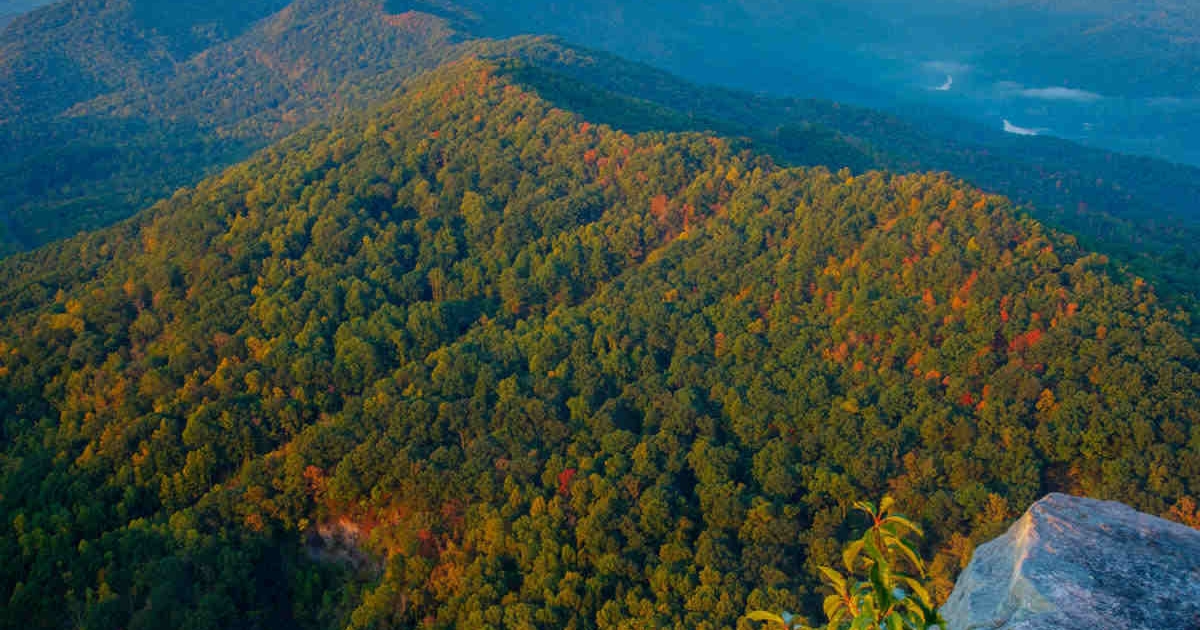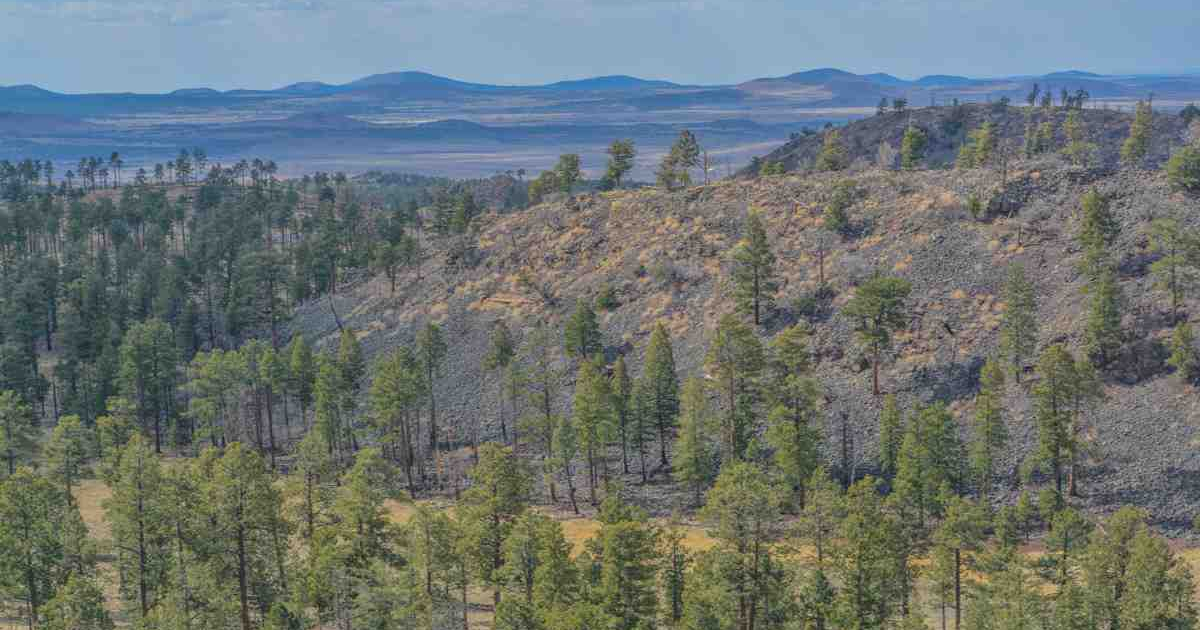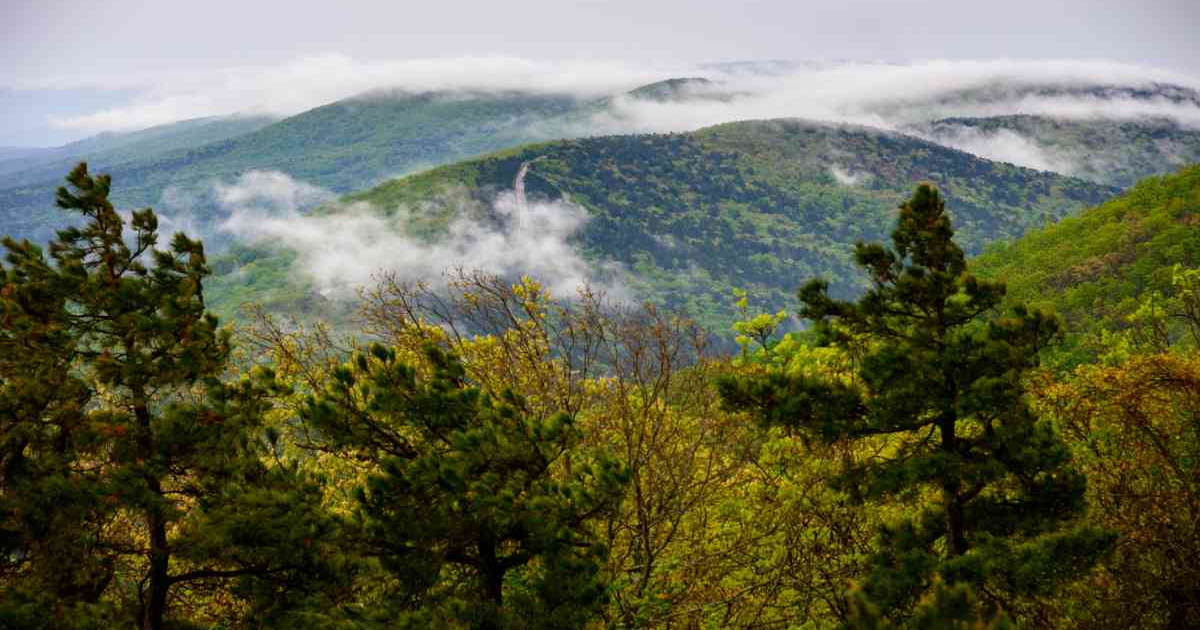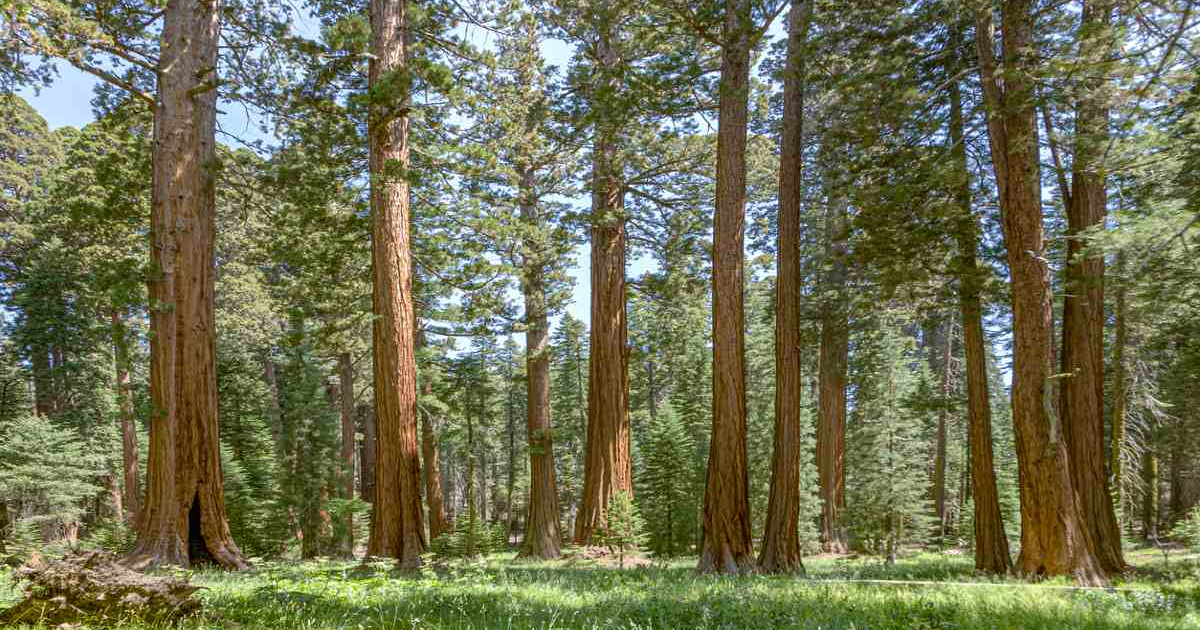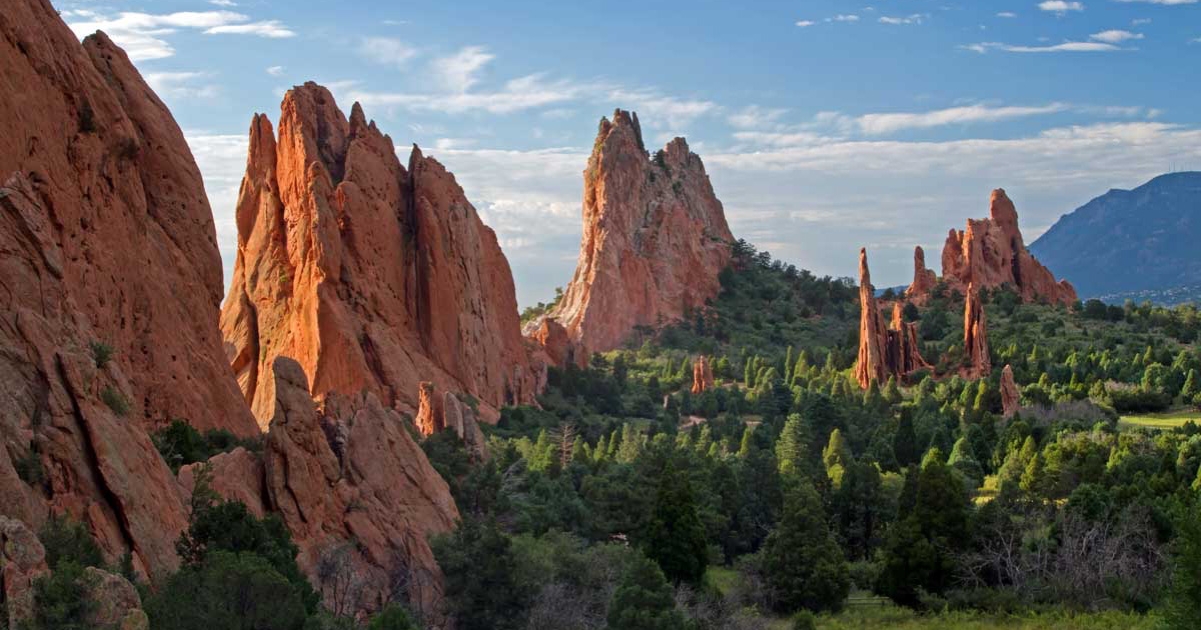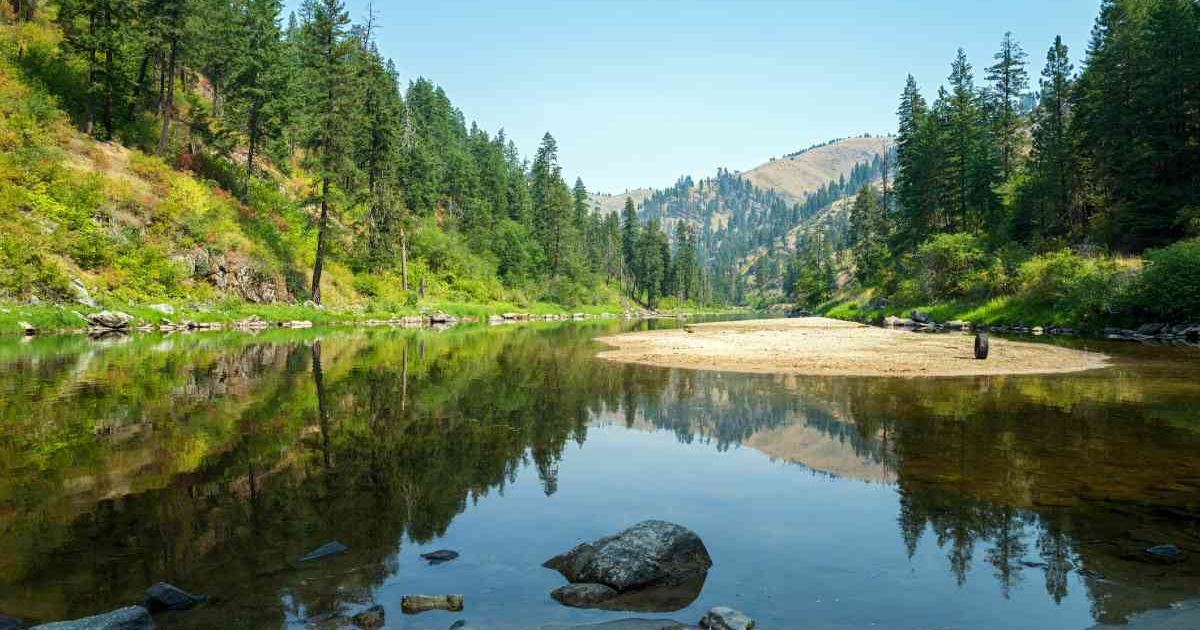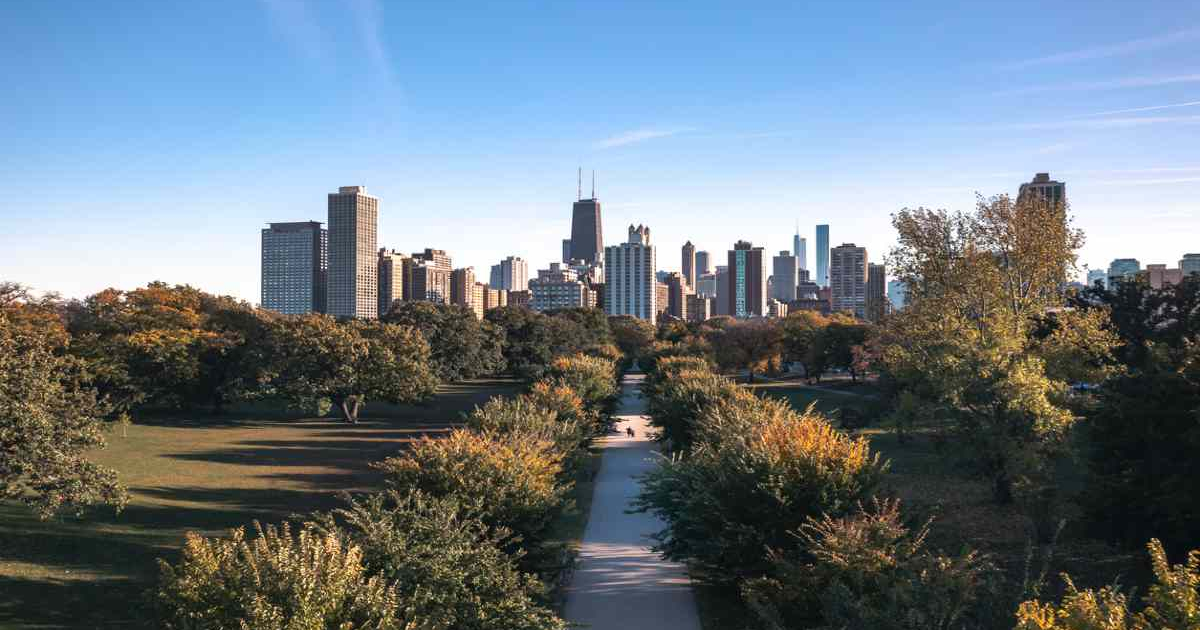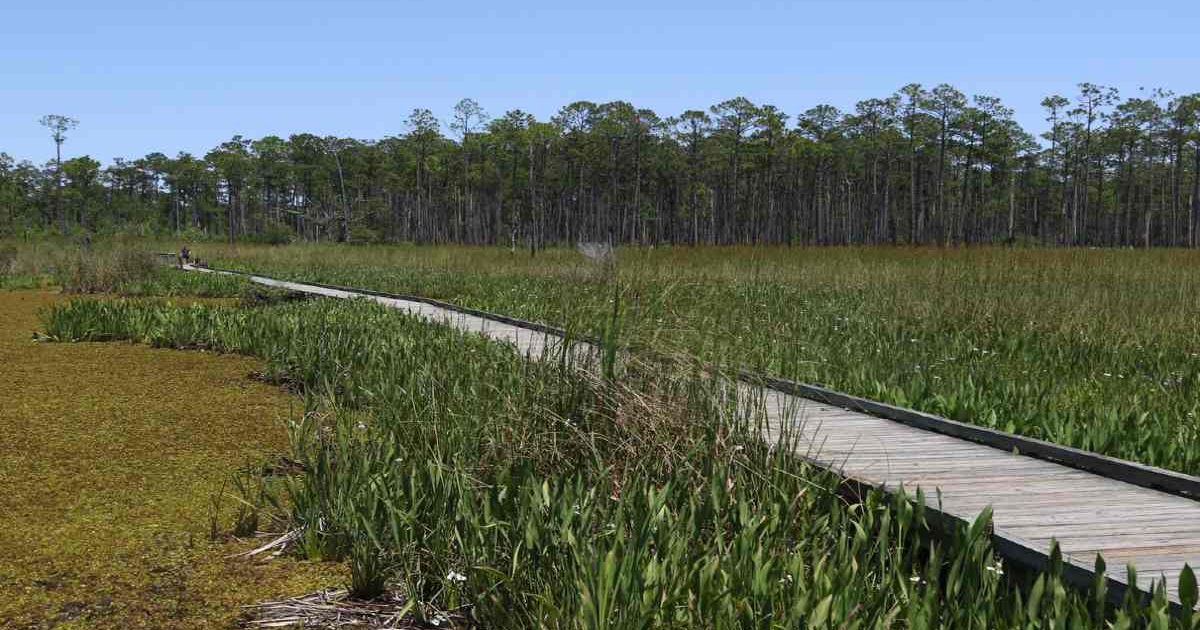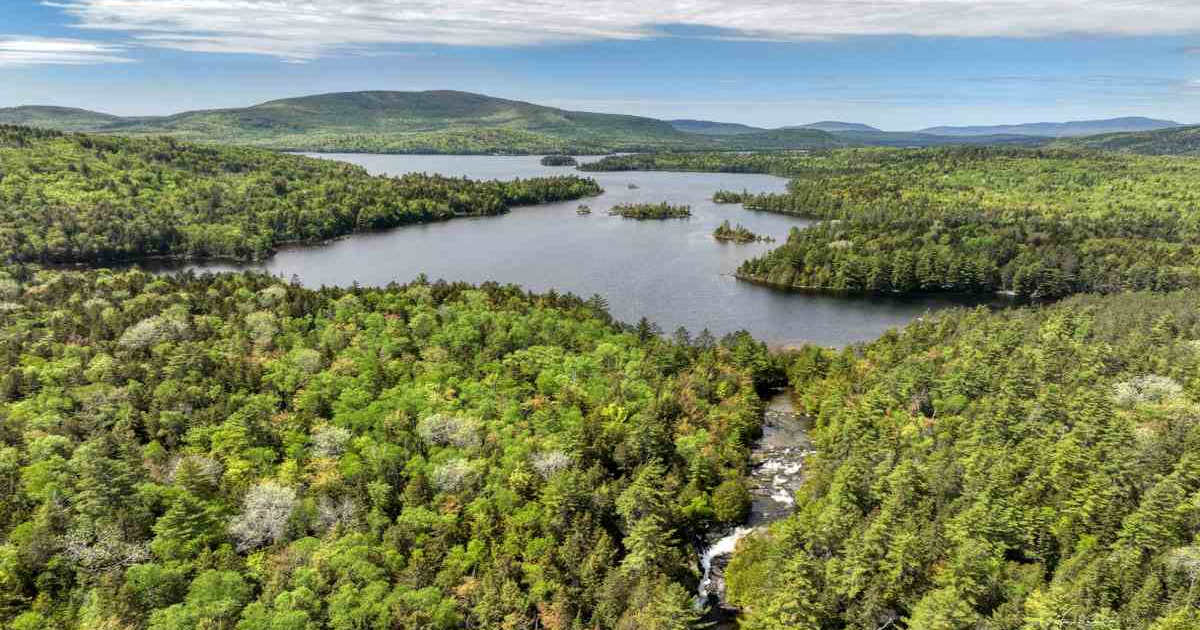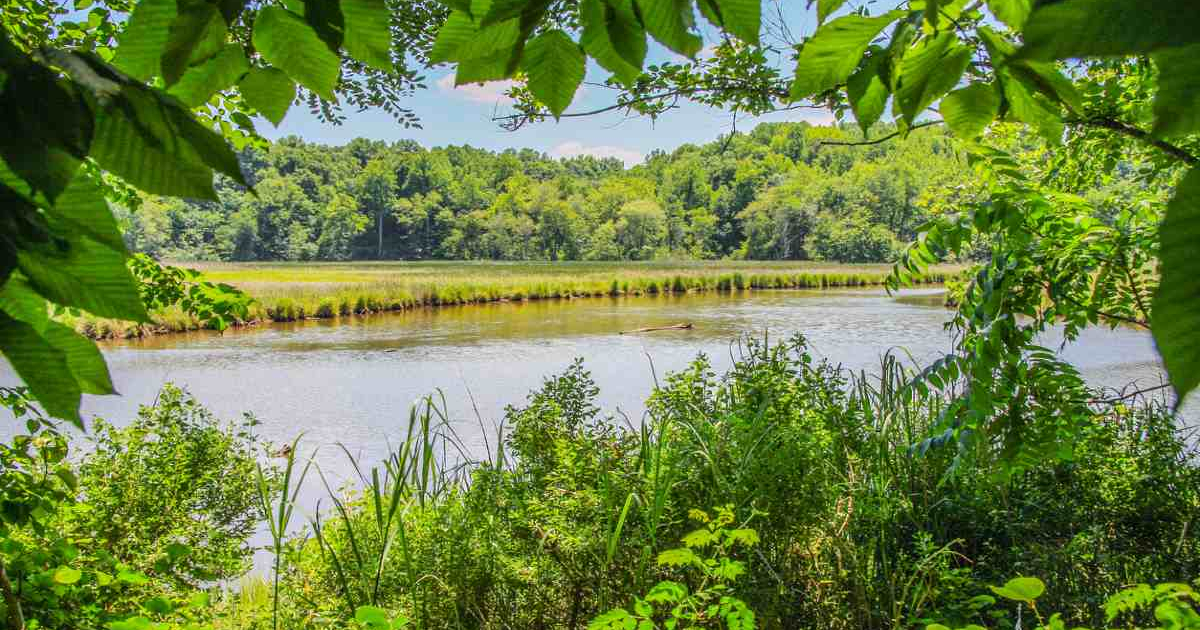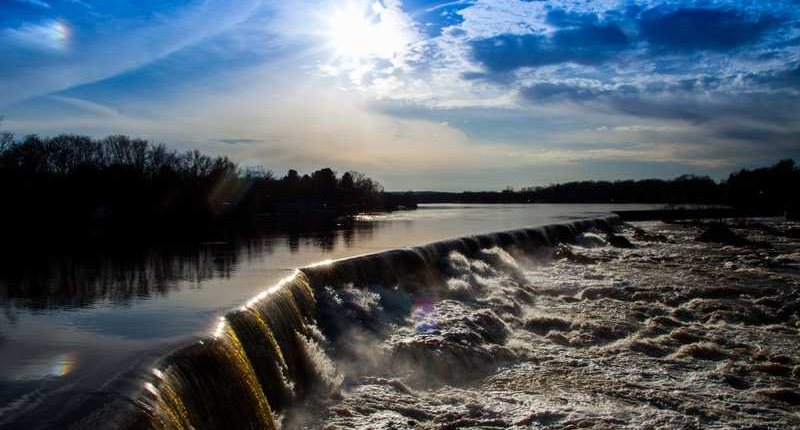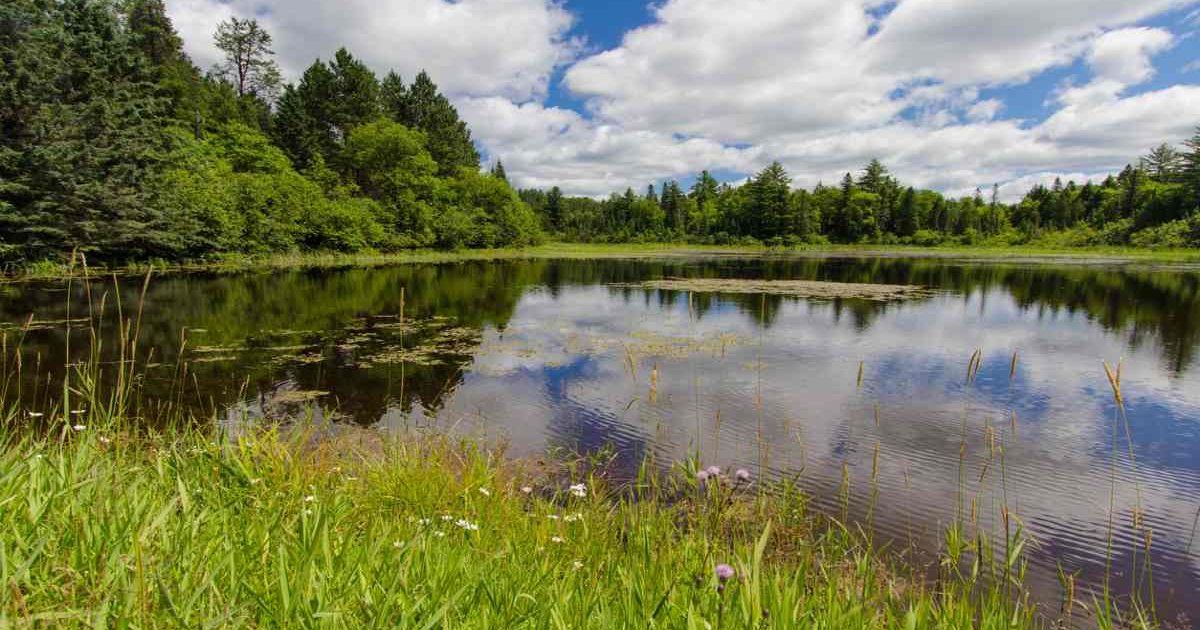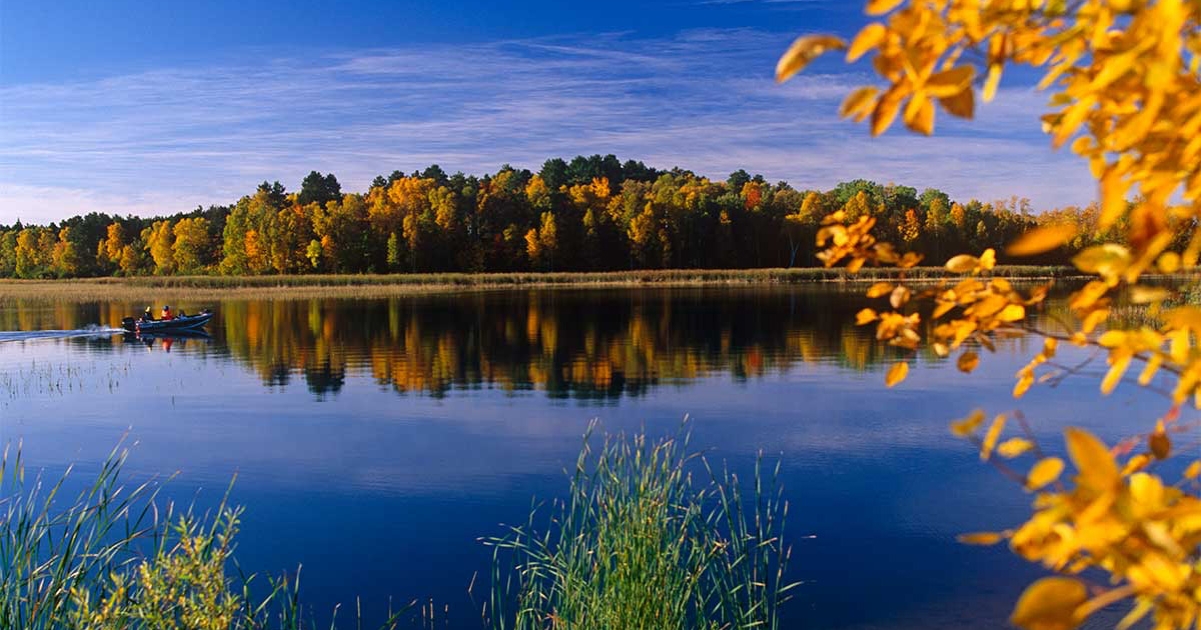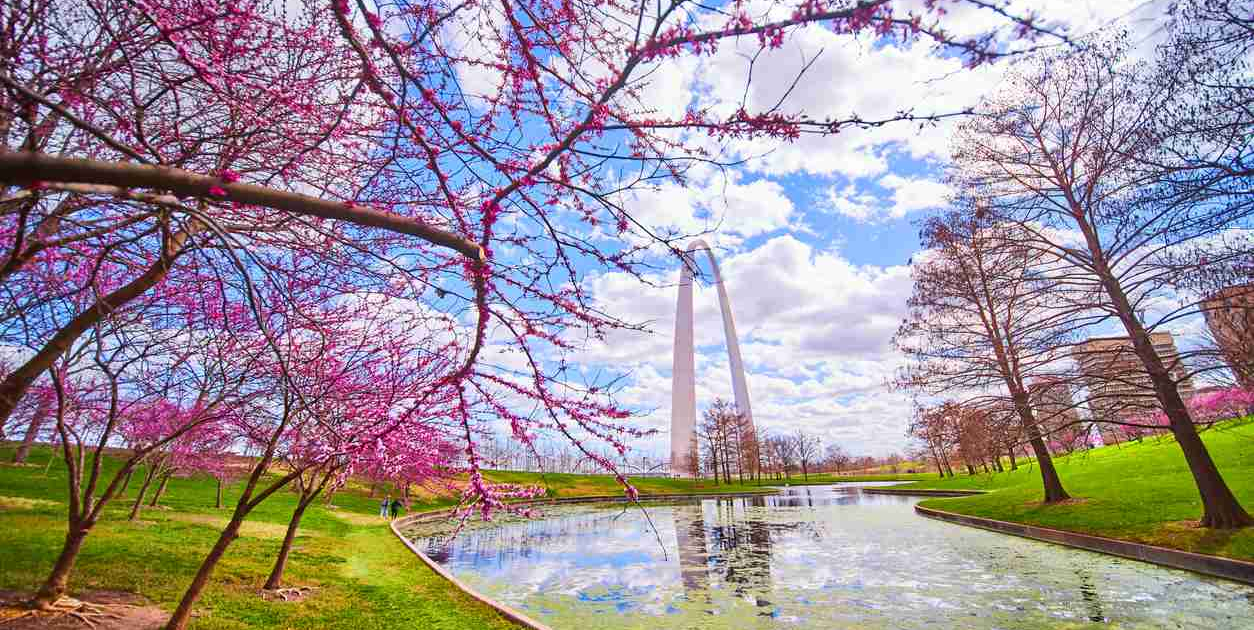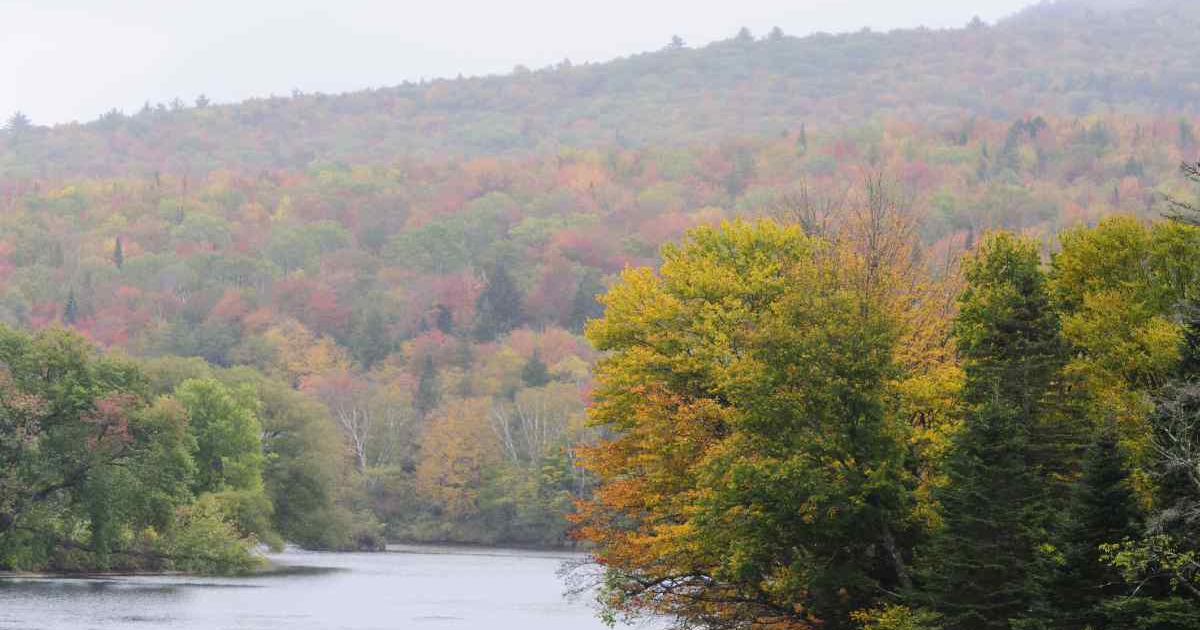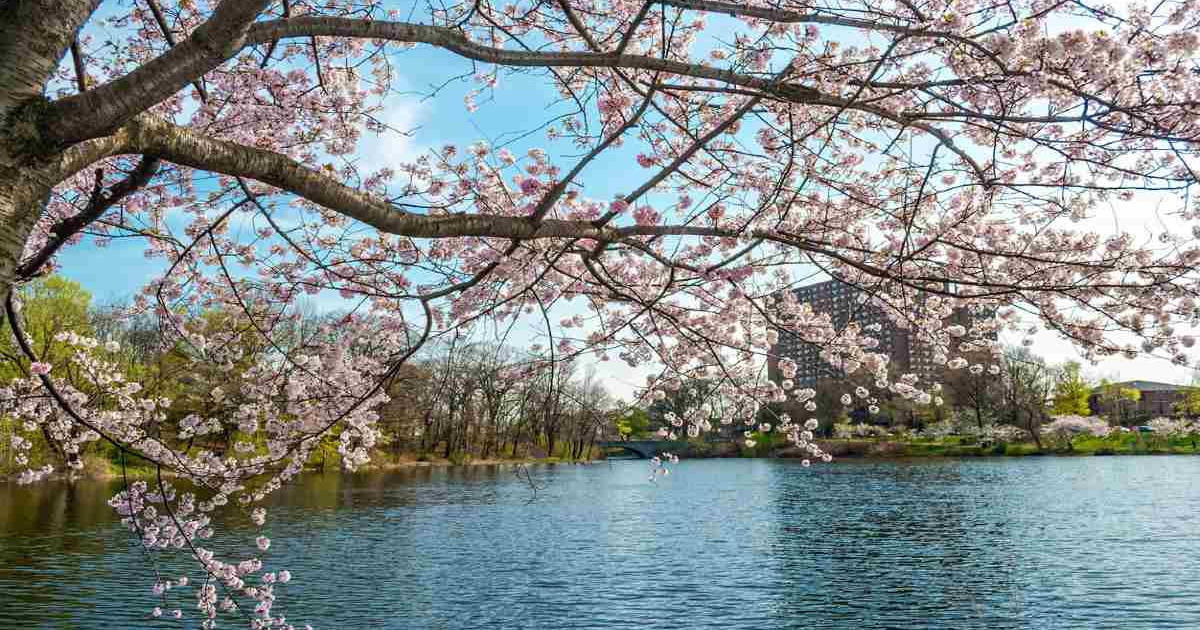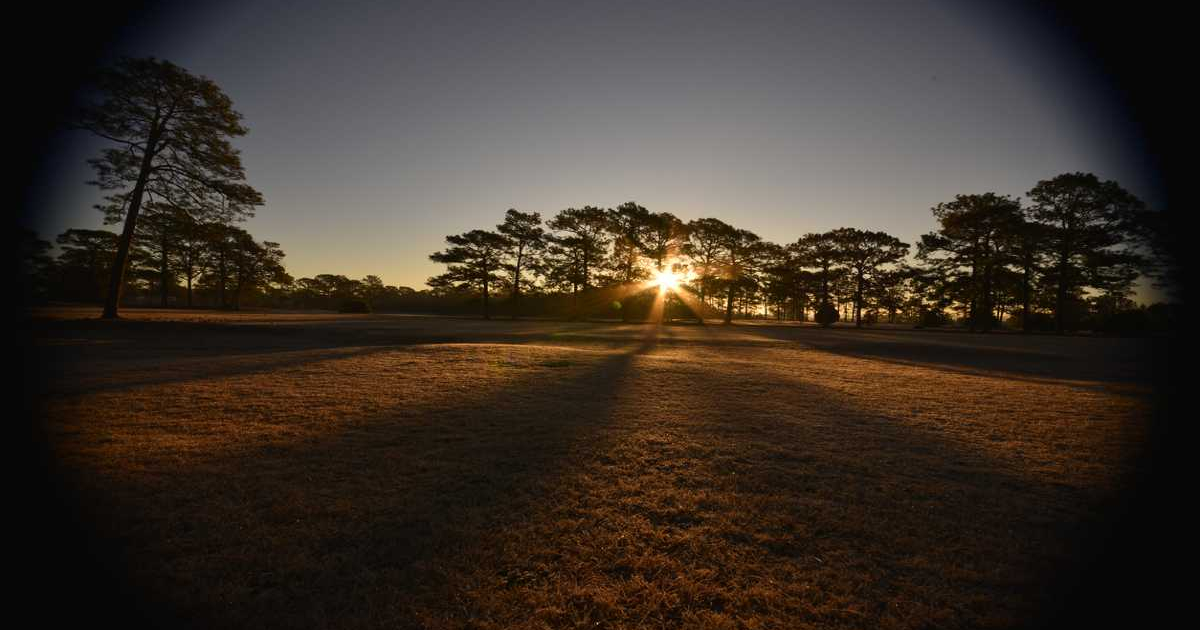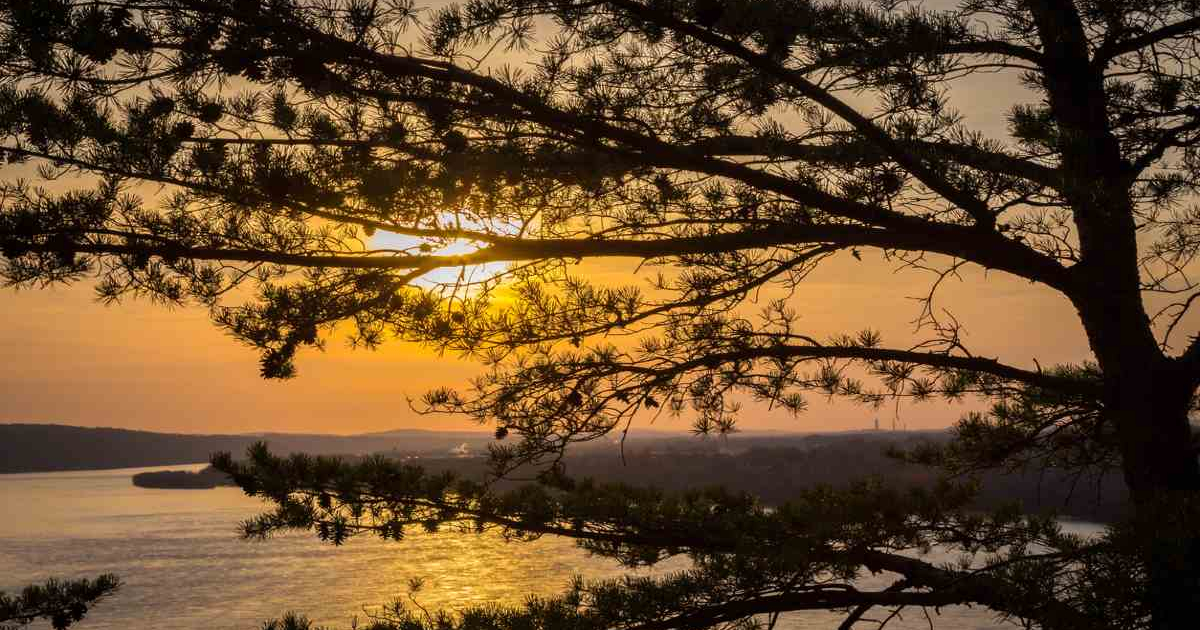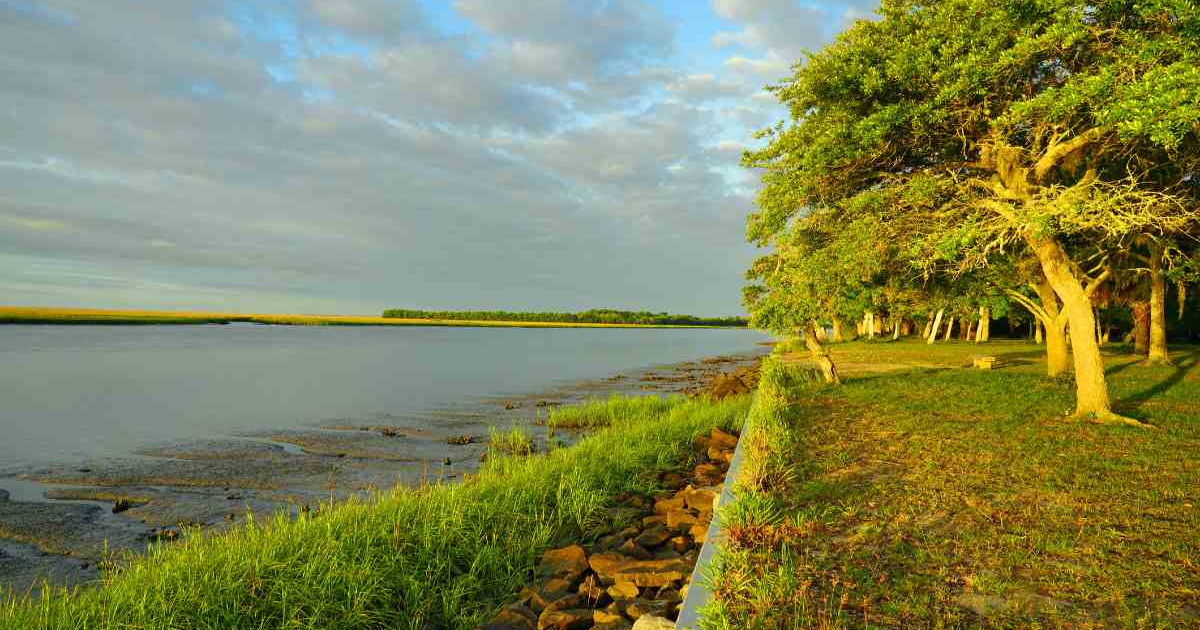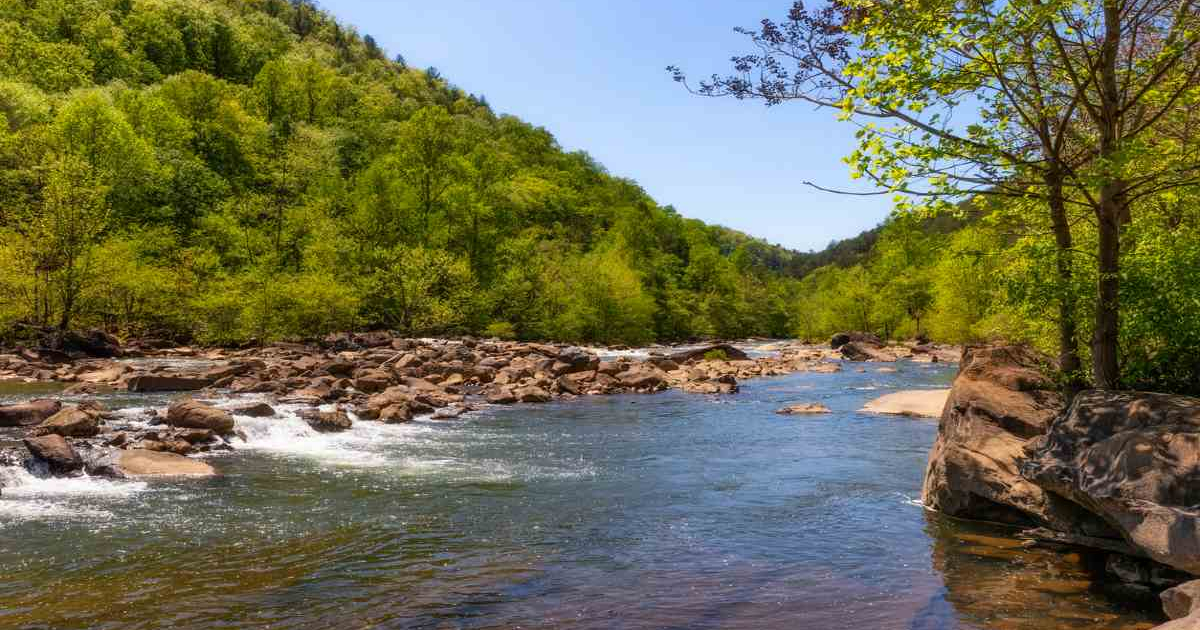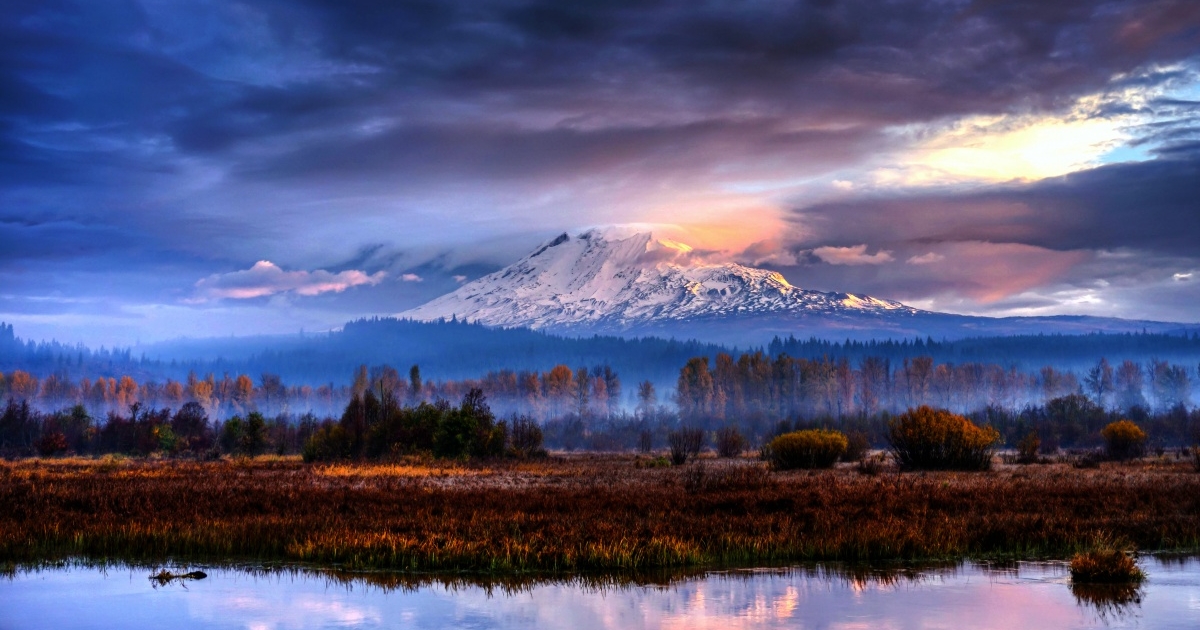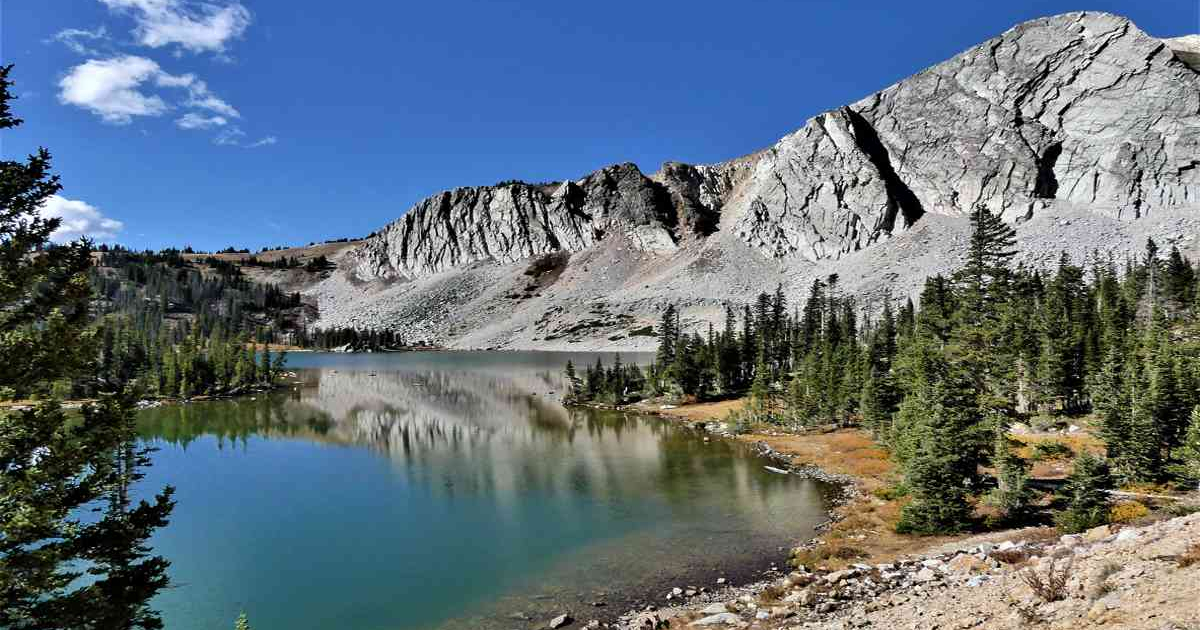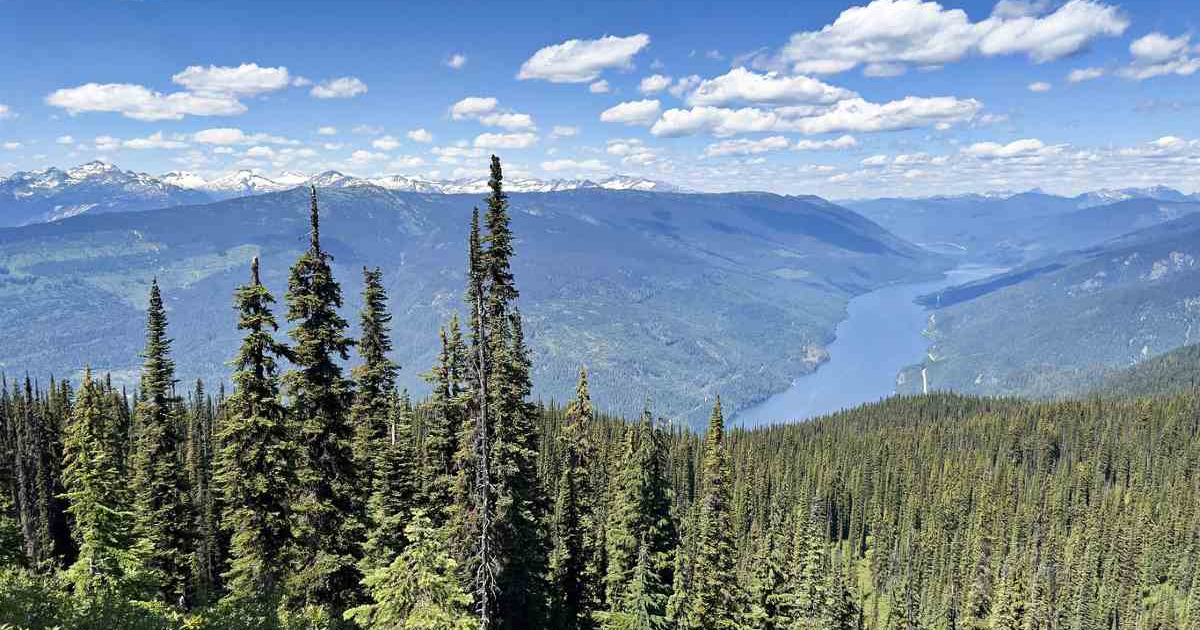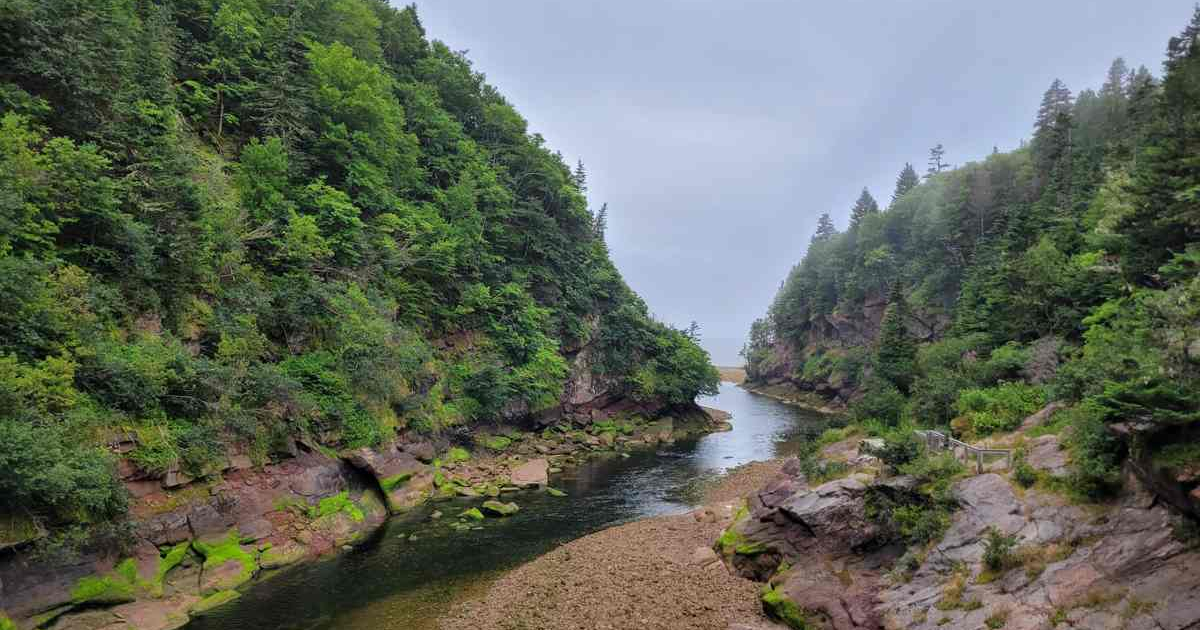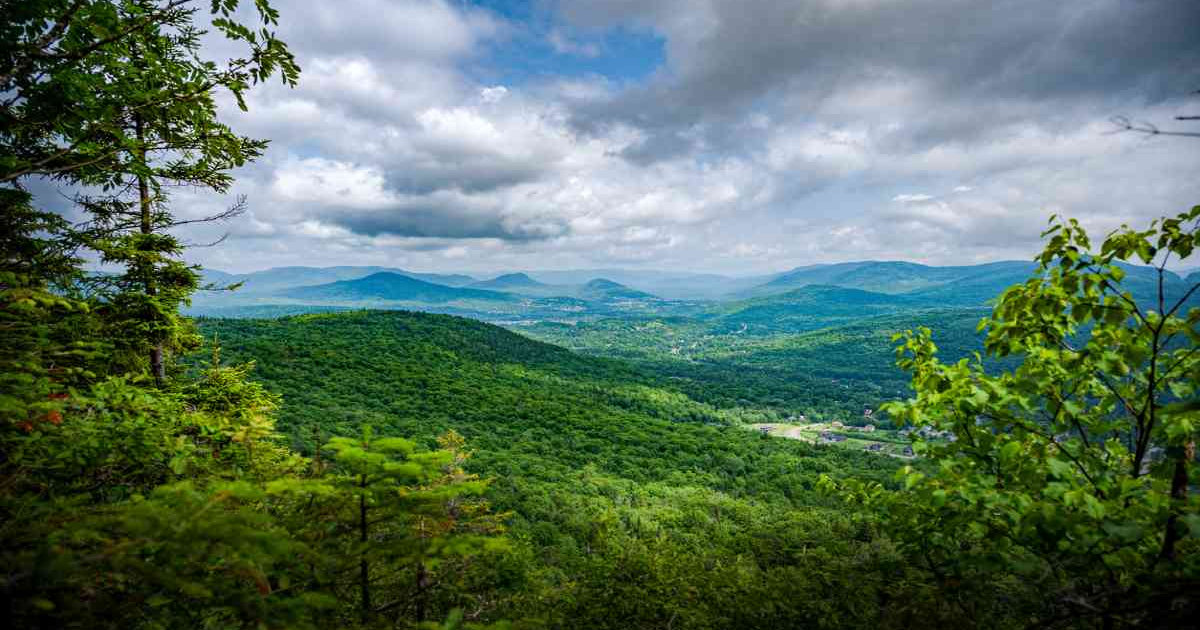Below are The Gifted Tree’s tree planting projects available in National Forests in the United States and Canada. Click on the “Planting Project Details” button below any project to learn about the goals of the project, the species of trees planted, and, if available, a link to virtually view the general planting area via Bing earth maps. Help reforest our Earth with a special gift tree. Plant a celebration or memorial tree in USA and Canada National Forests.
APPALACHIAN FOREST
ALABAMA
ARIZONA
ARKANSAS
CALIFORNIA (Northern)
CALIFORNIA (Tahoe Area)
CALIFORNIA (SOUTHERN)
COLORADO
FLORIDA
GEORGIA
HAWAII
IDAHO
ILLINOIS
LOUISIANA
MAINE
MARYLAND
MASSACHUSETTS
MICHIGAN
MINNESOTA
MISSISSIPPI
MISSOURI
MONTANA
NEW ENGLAND
NEW JERSEY
NEW YORK
NORTH CAROLINA
OHIO
OREGON
PENNSYLVANIA
SOUTH CAROLINA
TENNESSEE
TEXAS
UTAH
VIRGINIA
WASHINGTON
WISCONSIN
WYOMING
CANADA
ALBERTA
BRITISH COLUMBIA
NEW BRUNSWICK
NOVA SCOTIA
ONTARIO
QUEBEC
A beautiful, majestic tree is a living memorial of life-changing events. Its strength, long lifespan, and regal nature give it a monument-like quality and make it a powerful tribute to a life well lived or an occasion worthy of celebration. The projects described above are fluid and the project details are subject to change as planting projects fill up or location dynamics shift. The planting location in the United States and Canada will be indicated on the tree planting certificate on the tribute card although no plaque is on the tree (they are not allowed) and it is not possible to visit the tree. Our non-profit tree planting partners will plant your tree during the next planting season, usually late spring or fall, and look after it over the next few years to ensure its long-term survivability. Please note: The Gifted Tree does participate in large tree planting projects in which case a gift tree planting might be assigned in the future from that project. Always remember that your tree is not only a gift to the recipient, but also a gift to the world which will provide much satisfaction for future generations in the years to come. If you have any questions, or problems ordering your tree, please do not hesitate to contact us. Remember, you can call and talk to a live person at 800-984-2101.
Our Favorite Tree Quotes
- “The best time to plant a tree was 20 years ago. The second best time is now.” – Chinese proverb
- “A society grows great when old men plant trees whose shade they know they shall never sit in.” – Greek proverb
- ” Someone is sitting in the shade today because someone planted a tree a long time ago.” – Warren Buffet

